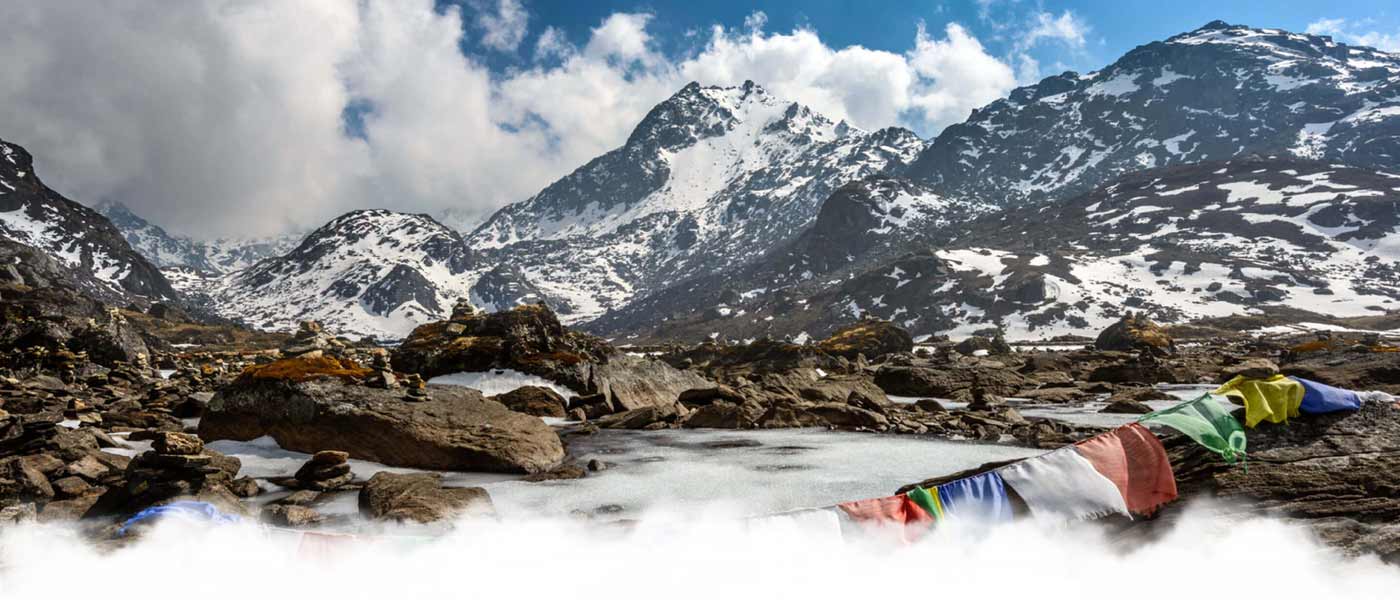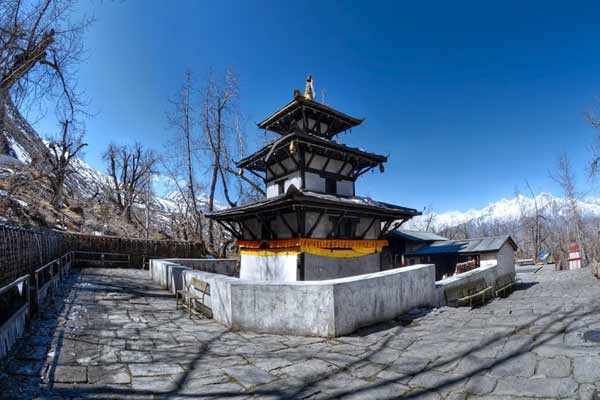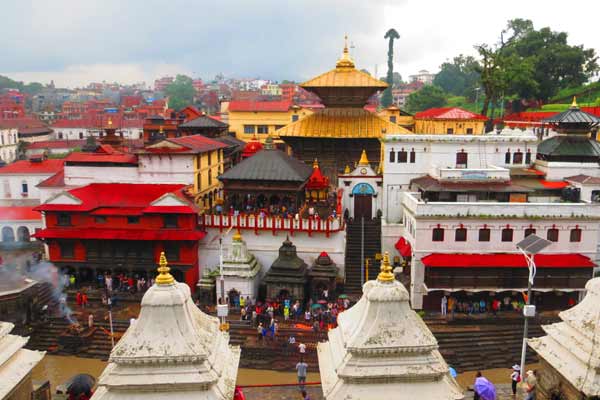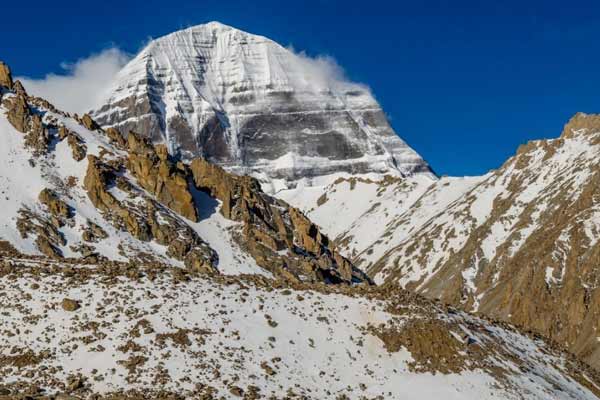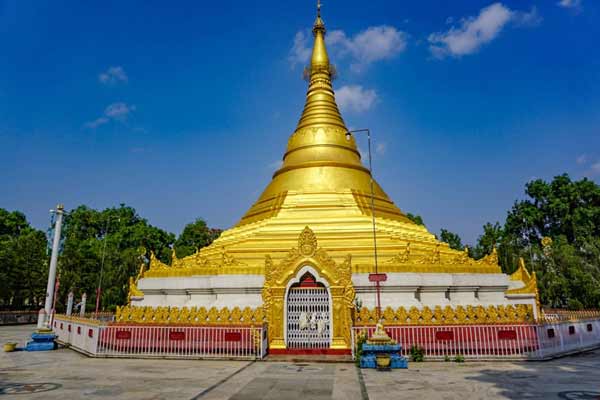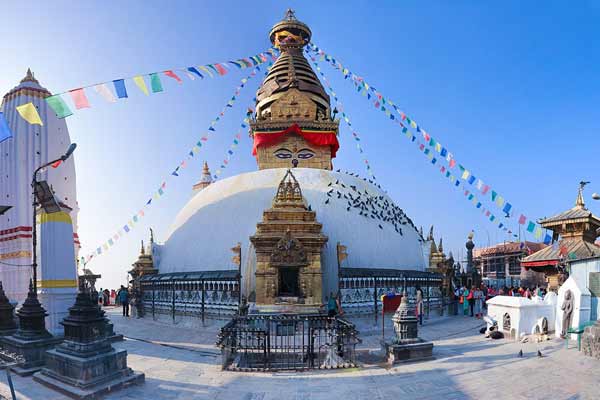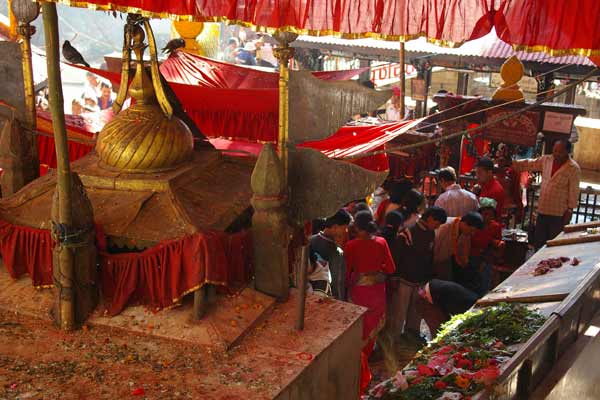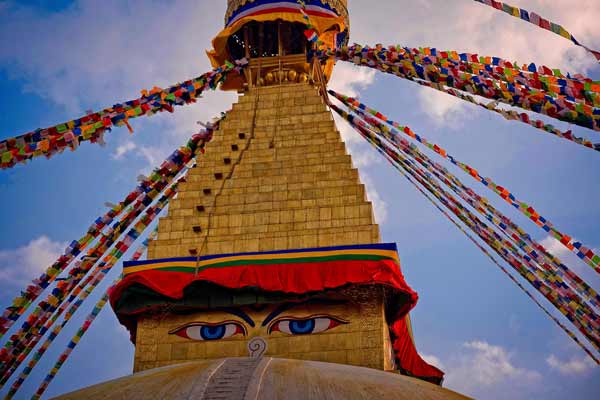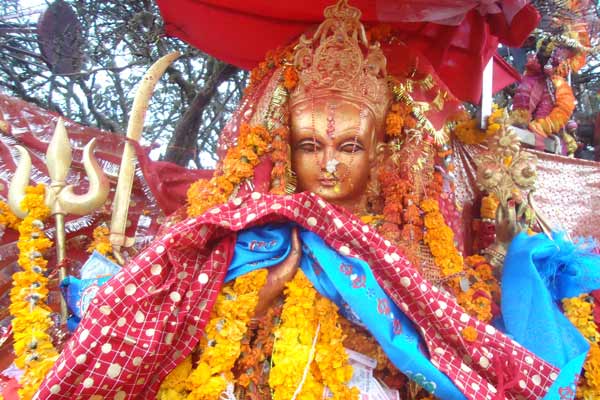
Pashupatinath Temple
The Pashupatinath Temple is a famous and sacred Hindu temple complex that is located on the banks of the Bagmati River, approximately 5 km north-east of Kathmandu in the eastern part of Kathmandu Valley, the capital of Nepal. The temple serves as the seat of Pashupatinath. This temple complex was inscribed on the UNESCO World Heritage Sites's list in 1979. This "extensive Hindu temple precinct" is a "sprawling collection of temples, ashrams, images and inscriptions raised over the centuries along the banks of the sacred Bagmati river" and is included as one of the seven monument groups in UNESCO's designation of Kathmandu Valley as visit here.
The temple is one of the 275 Tamil Paadal Petra Sthalams (Holy Abodes of Shiva) on the continent. Kotirudra Samhita, Chapter 11 on the Shivalingas of the North, in Shiva Purana mentions this Shivalinga as the bestower of all wishes.
The temple has two interior rooms where the Pashupatinath (AKA Shiva) idol is placed. Near the temple’s western door stands a bronze statue of Nandi bull, the sacred vehicle or vahana of Shiva. Temples in the complex are designed in Vaishnav (Vishnu) and Shaiva (Shiva) tradition. The main idol is a stone deity with four faces representing Shiva’s various aspects, Sadyojata (or Barun), Vamadeva (or Ardhanareshwara), Tatpurusha, Aghora & Ishana (imaginative). Facing the four directions as well as zenith, they represent the five primary elements (earth, water, air, light, and ether).
Unlike other Shiva lingams in India and Nepal, this Pashupati Shiva idol is always in its golden cover except during prayer. Pouring milk and water from the Ganges river (ganga jal) which are standard acts of Hindu ritualistic worship is possible only during the abhisheka prayer times and conducted only by the main priests. The Pashupatinath idol can be touched only by the main Bhatt priests while the Bhandari priests assist the Bhatt priests during daily pooja worship rituals.
History of Pashupatinath Temple
According to mythology, Gods sometimes take disguise of animals, birds or men to retire from their cosmic work and enjoy earth. On one such occasion, Lord Shiva and Lord Parvati visited earth in the form of deer. They reached the forest regions of Nepal and were mesmerized by the beauty of the land. When they reached the banks of River Bagmati, they decided to stay there for eternity. When the other gods and saints decided to bring the couple back to their cosmic work, Lord Shiva rejected the offer. With no other option, Gods decided to use force to bring them back. During this colossal fight, Lord Shiva, in the disguise of a deer, lost one of his antlers. This antler was worshipped as the first lingam of Nepal in Pasupatinath. The lingam is said to be reclaimed by Mother Earth and was lost for several centuries, until one day, Kamadhenu, deity in the form of cow came down to earth, irrigated the soil around the region with her milk and retrieved the lingam. The villagers retrieved the lingam and built a wooden temple. The temple is said to be at the site from 400 AD.
According to an inscription found inside the temple, the wooden temple was thriving during 800 AD and Supusapa Deva king built the five storeys over the temple, again using wood. The temple was rebuilt in 5th century. In 13th century, Ananta Malla King added the artistic details to the temple. Later, it was destroyed by passage of time and termites. In 17th century, the current structure was rebuilt with 492 temples along with the main temple.
Pilgrimage Sites Nepal
Pilgrimage in Nepal is popular activities among the devotees and researchers. In previous days the land of ancient sages & saint, now Nepal is known as the country of temples. One of the greatest Hindu temples in Nepal “Pashupatinath Temple” is the main attraction of the tour. Similarly other tour packages for Nepal, this trip also begin from Kathmandu - the ancient city of temples. You will visit Pashupatinath temple, Kathmandu durbar square and Swayambhunath stupa. This is one of pilgrim site where both Hindu and Buddhist pilgrims worship for their success & prosperity in upcoming days. Another day we will take you “Dakshinkali Temple” 22 km south west from city. This is the temple of goddess KALI. People believe that animal sacrifices, particularly of cockerels and uncastrated male goats in this temple are the main way that the goddess is worshipped.
The Pilgrimage in Nepal square measure mostly in style among Hindus and Buddhists; thus, thousands of pilgrims visit Nepal per annum to pay court to the revered Gods and divinity. Uncountable temples monasteries, stupas, and many other religious places make Nepal one of the target destinations for pilgrims. However, due to less promotion of those sites, Nepal has not been prosperous in attracting pilgrimage tourists as much it could and should have.
Though Nepal is a small country, it has a variety of beautiful natural factors that attract many people. Various Mountains, rivers, waterfalls, forests, wildlife, sanctuaries monuments, etc. are the significant wonders of Nepal. Besides these dynamic, eye-catching uncountable temples, museums, stupas, & monasteries with a variety of God and Goddess depicting the deep faith of the people.
 +91 9799050299
+91 9799050299 